
The discussion aims to clarify the historical value of house No. 113A Dang Dung, Tan Dinh ward, especially in the preparation period for the General Offensive and Uprising in Spring Mau Than 1968 in Saigon - Gia Dinh; as well as the direction to preserve and promote the value of this historical relic, and propose a suitable name.
After the Geneva Agreement in 1954, the country was temporarily divided into two regions. In the South, the puppet government and the US-puppet army intensified repression, search, arrest, and terror. Revolutionary forces in Saigon - Gia Dinh operated in extremely difficult and dangerous conditions. It was in this context that the Saigon - Gia Dinh Party Committee directed the construction of a secret revolutionary base system right in the heart of the enemy, creating "silent fortresses" in the middle of the bustling city.
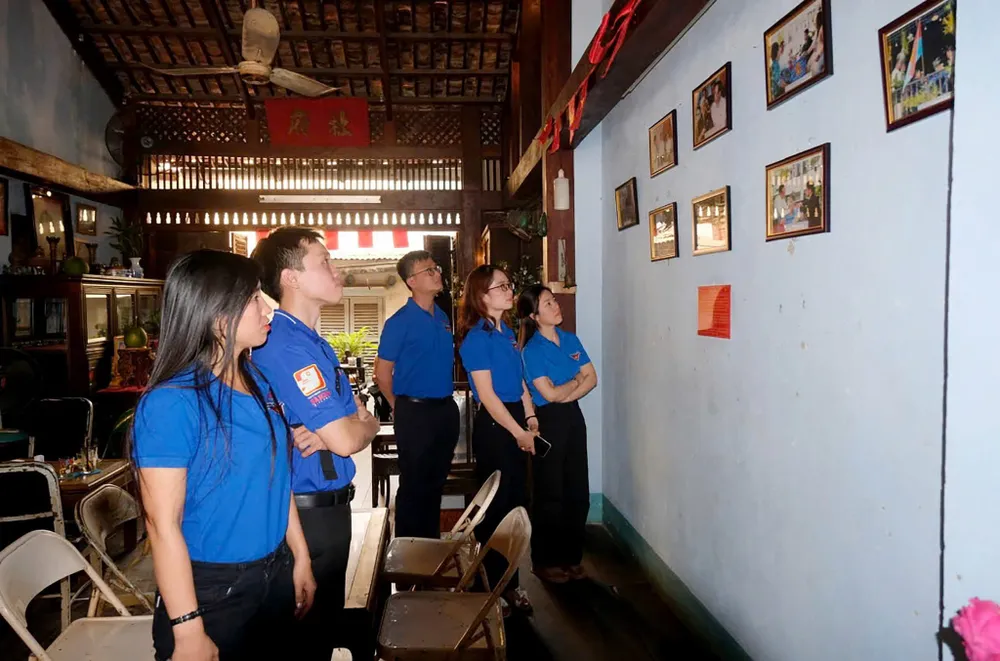
According to Colonel Nguyen Thanh Trung, Political Commissar of the Ho Chi Minh City Command, the Tan Dinh area was chosen at that time because of its strategic location: the center of Saigon - Gia Dinh, near major roads such as Dinh Tien Hoang, Hai Ba Trung, Vo Thi Sau... convenient for maneuvering, observation, easy to integrate into daily life. In particular, the majority of people here are laborers, patriotic, having participated in the resistance war against the French, so they strongly support the revolution. House No. 113A Dang Dung was built in 1946, under the direction of People's Armed Forces Hero Tran Van Lai (alias Nam Lai, Mai Hong Que, Nam U.SOM) - a senior commander of the Saigon Special Forces.
Legally, the house is owned by Mr. Do Mien and Mrs. Nguyen Thi Su, creating a legal and perfect family cover. The restaurant "Do Phu Broken Rice" was born from that - the name sounds both rustic and clever, evoking a feeling of everyday life: "the Do family's mansion". Opposite the restaurant is the military engineering quarters of the Korean soldiers, allies of the US and the Republic of Vietnam. Understanding the psychology, Mr. and Mrs. Do Mien added kimchi to the menu, both to please customers and to rationalize the bustling scene of people coming and going. The nickname "Dai Han Broken Rice" was born naturally like that - a living cover, feeding itself and blinding all suspicions.
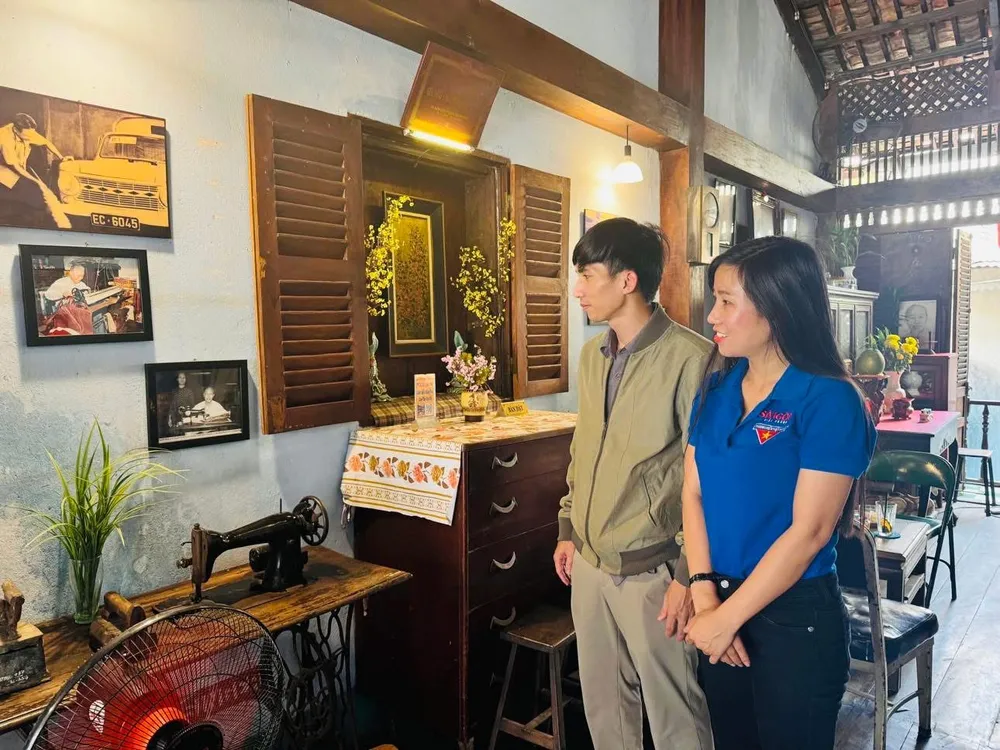
Unlike large weapons bunkers like the one at 287/70 Nguyen Dinh Chieu (Ban Co ward), the 113A Dang Dung facility has a special function: a liaison station - an information processing center. In that small house, secrets are hidden in surprisingly sophisticated ways. On the second floor there is a floating bunker - a wall mailbox, only about 20cm wide, cleverly hidden under the wooden floor. Letters and documents are placed in iron cans, lowered down by a small rope. This method helps exchanges take place quickly and discreetly, even when the enemy suddenly comes to search. Right at the bottom of the wardrobe is an escape tunnel, leading to Tran Quang Khai, Nguyen Van Nguyen, and Hai Ba Trung streets. When there is an incident, cadres can escape in a few minutes, blending into the crowd as if nothing had happened.
There is also an old sewing machine in the house, which is both a means of livelihood and a part of the larger cover of Mr. Tran Van Lai - a contractor specializing in providing furniture for the Independence Palace. It was this job that helped him grasp the palace's layout, serving the historic battle of Tet Mau Than 1968.
Mr. Do Tan Cuong, the third son of Mr. and Mrs. Do Mien, recalled: “Back then, the broken rice restaurant was where the Special Forces liaison officers met, exchanged letters, and held meetings in the wooden attic. My house was located between two enemy nests - on one side was General Ngo Quang Truong's house, on the other side was the People's Self-Defense Force headquarters. But my parents believed in the revolution. They said: "The most dangerous place is the safest place." Really, the enemy did not expect that under this roof was a base of the Saigon Special Forces."
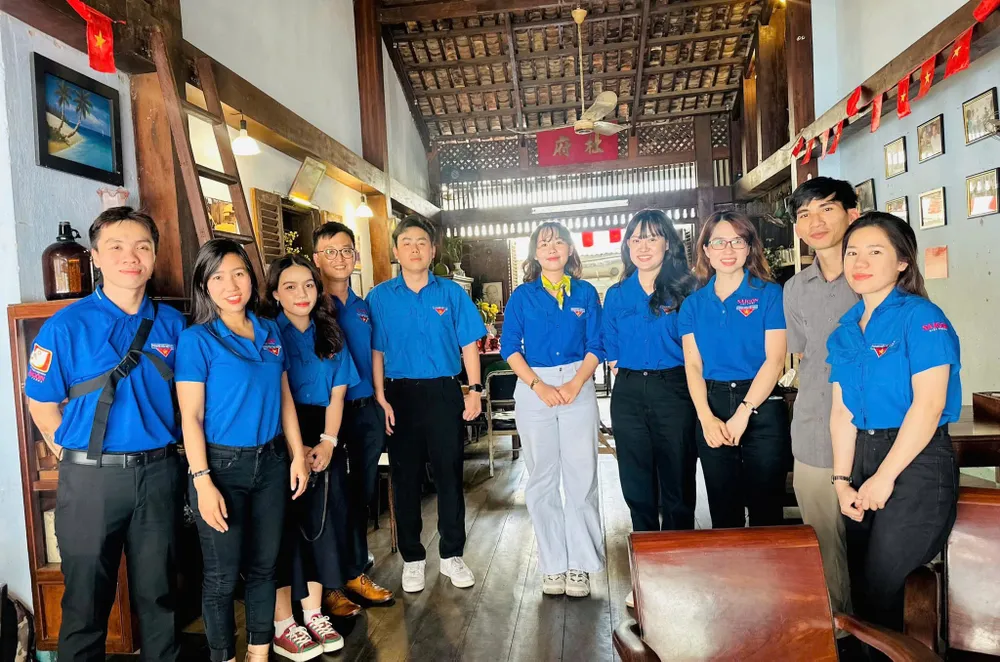
The mailboxes and fire escapes were designed by Mr. Tran Van Lai with the support of many comrades such as Phan Trung Kien (Hai Chich), Nguyen Van Tang (Tu Tang), Nguyen Van Tri (Hai Do)... Every detail was calculated down to each brick, each door, so that in a moment of danger, everyone still had a way to live. That is the art of people's war in the city - where intelligence, courage and faith are all combined.
The story of house number 113A Dang Dung is not only a memory of a revolutionary base, but also a vivid proof of the people’s hearts in the people’s war. Surrounded by enemies, without the protection of the people, those “silent fortresses” could not exist.
After the reunification, Mr. and Mrs. Do Mien - Nguyen Thi Su handed over the house to Mr. Tran Van Lai, who directly directed and was attached to the base throughout the years of resistance. Up to now, the house still retains its special details: the wooden cabinet covering the escape tunnel, the wooden stairs leading to the attic, the corner of the wall that used to be a "living mailbox" now discolored by time.
Source: https://www.sggp.org.vn/di-tich-lich-su-nha-so-113a-dang-dung-minh-chung-song-dong-cho-the-tran-long-dan-post823433.html




![[Photo] Unique art of painting Tuong masks](https://vphoto.vietnam.vn/thumb/1200x675/vietnam/resource/IMAGE/2025/11/14/1763094089301_ndo_br_1-jpg.webp)
![[Photo] Special class in Tra Linh](https://vphoto.vietnam.vn/thumb/1200x675/vietnam/resource/IMAGE/2025/11/14/1763078485441_ndo_br_lop-hoc-7-jpg.webp)
![[Photo] Unique architecture of the deepest metro station in France](https://vphoto.vietnam.vn/thumb/1200x675/vietnam/resource/IMAGE/2025/11/14/1763107592365_ga-sau-nhat-nuoc-phap-duy-1-6403-jpg.webp)





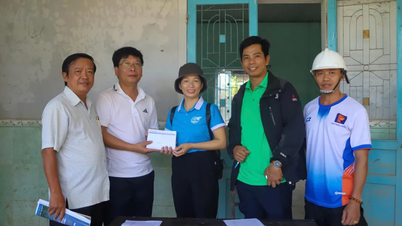
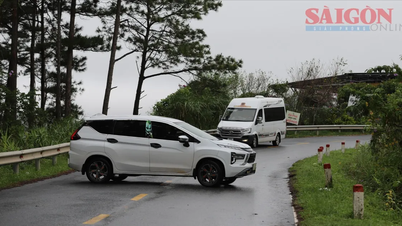
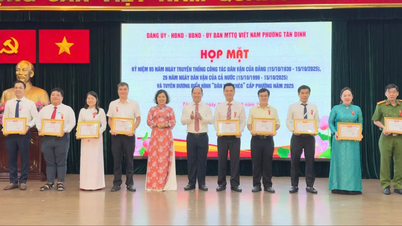


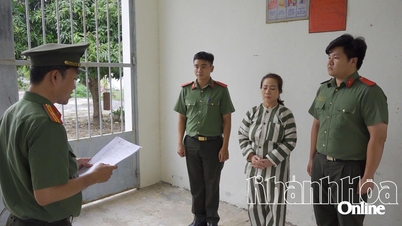



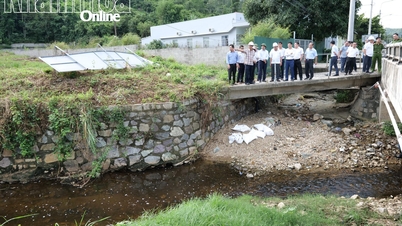










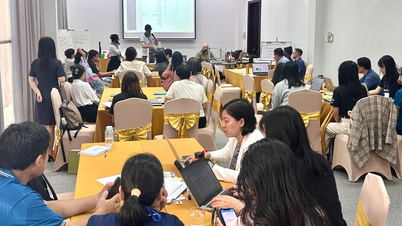
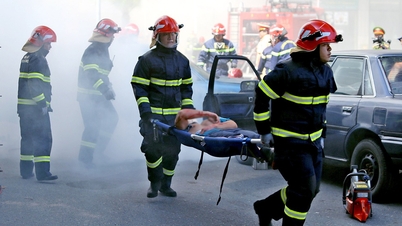
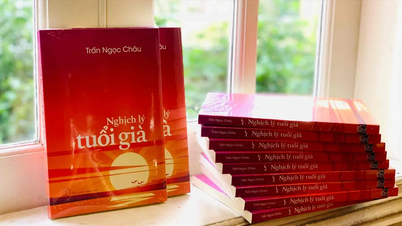

![[Photo] Deep sea sand deposits, ancient wooden ship An Bang faces the risk of being buried again](https://vphoto.vietnam.vn/thumb/1200x675/vietnam/resource/IMAGE/2025/11/13/1763033175715_ndo_br_thuyen-1-jpg.webp)






































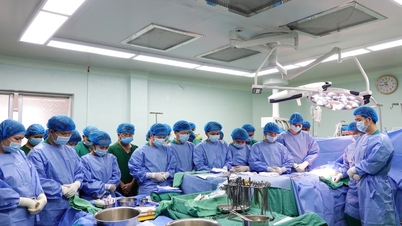

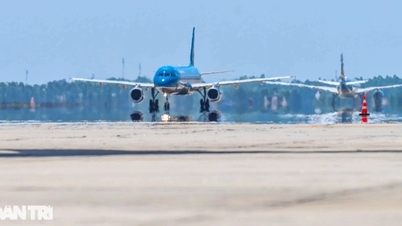

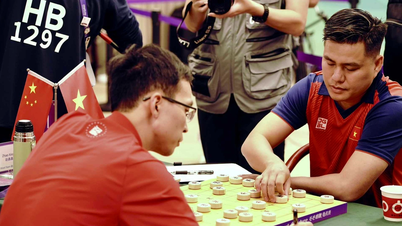
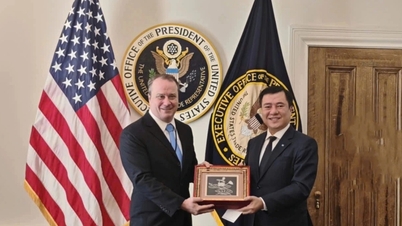

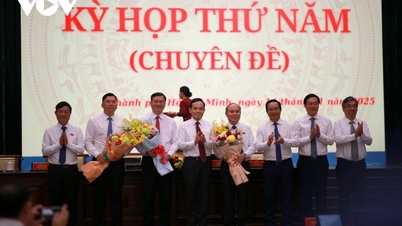



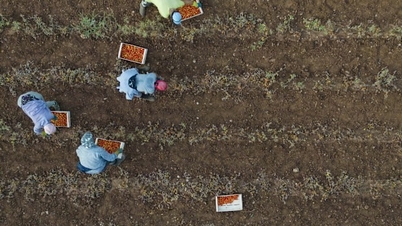












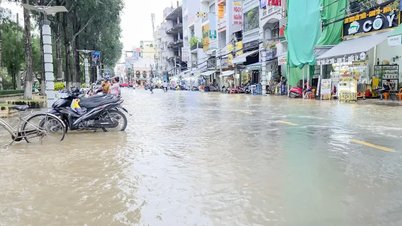



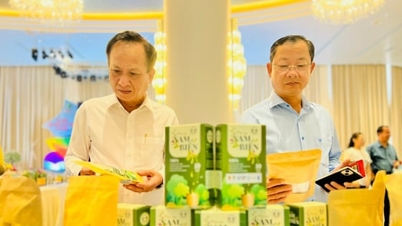




![Dong Nai OCOP transition: [Article 3] Linking tourism with OCOP product consumption](https://vphoto.vietnam.vn/thumb/402x226/vietnam/resource/IMAGE/2025/11/10/1762739199309_1324-2740-7_n-162543_981.jpeg)





Comment (0)